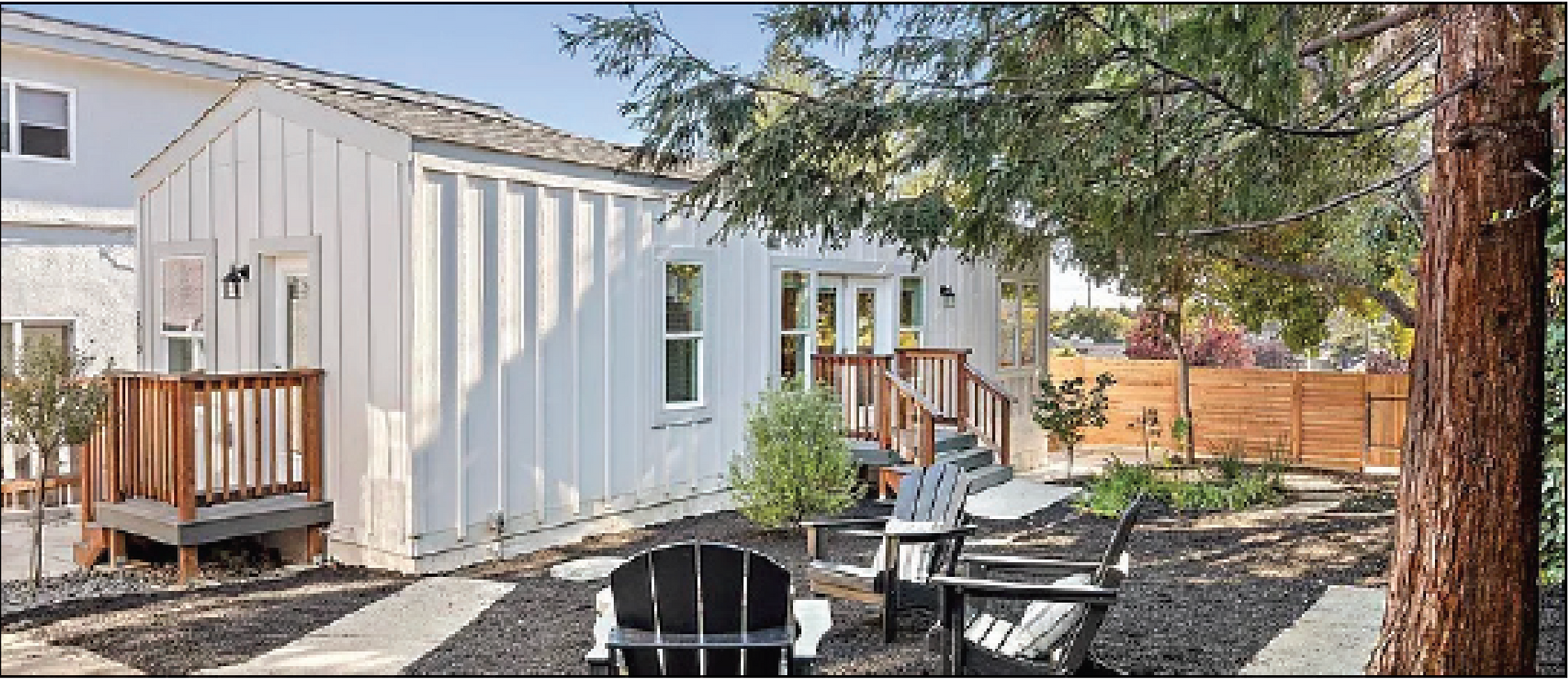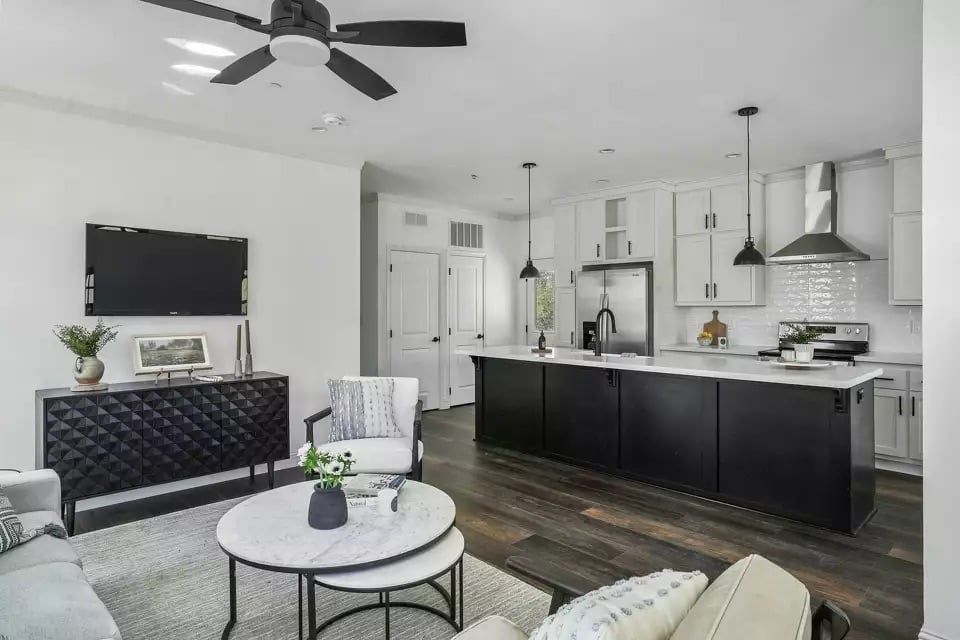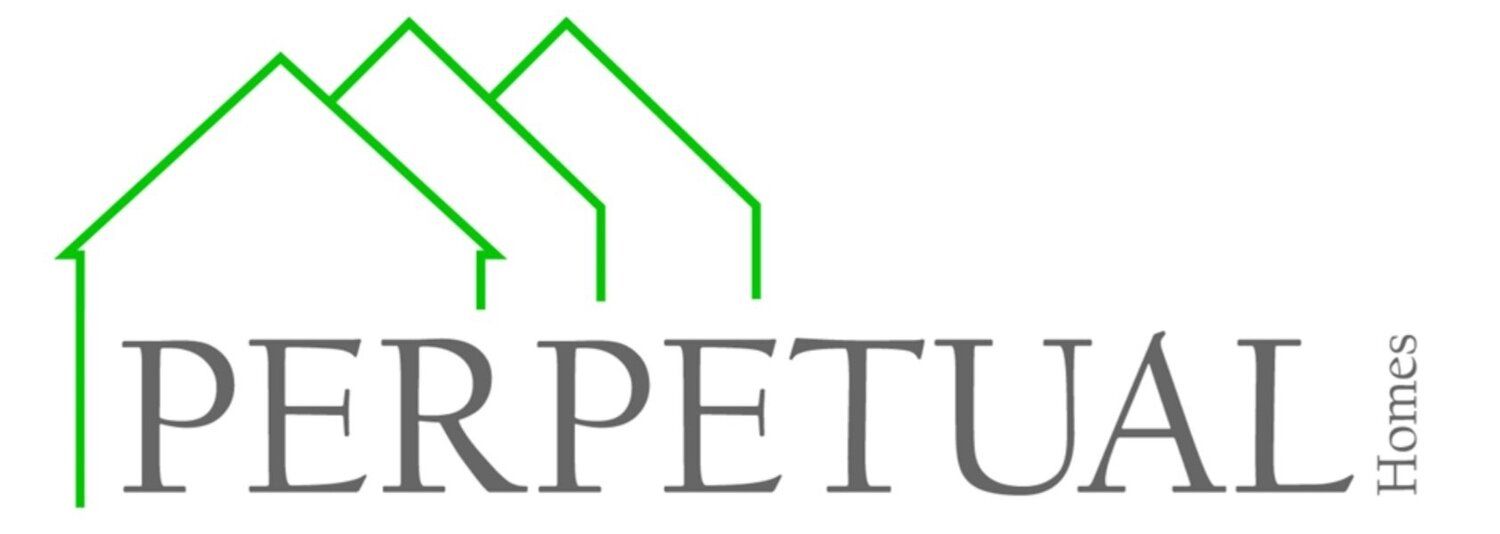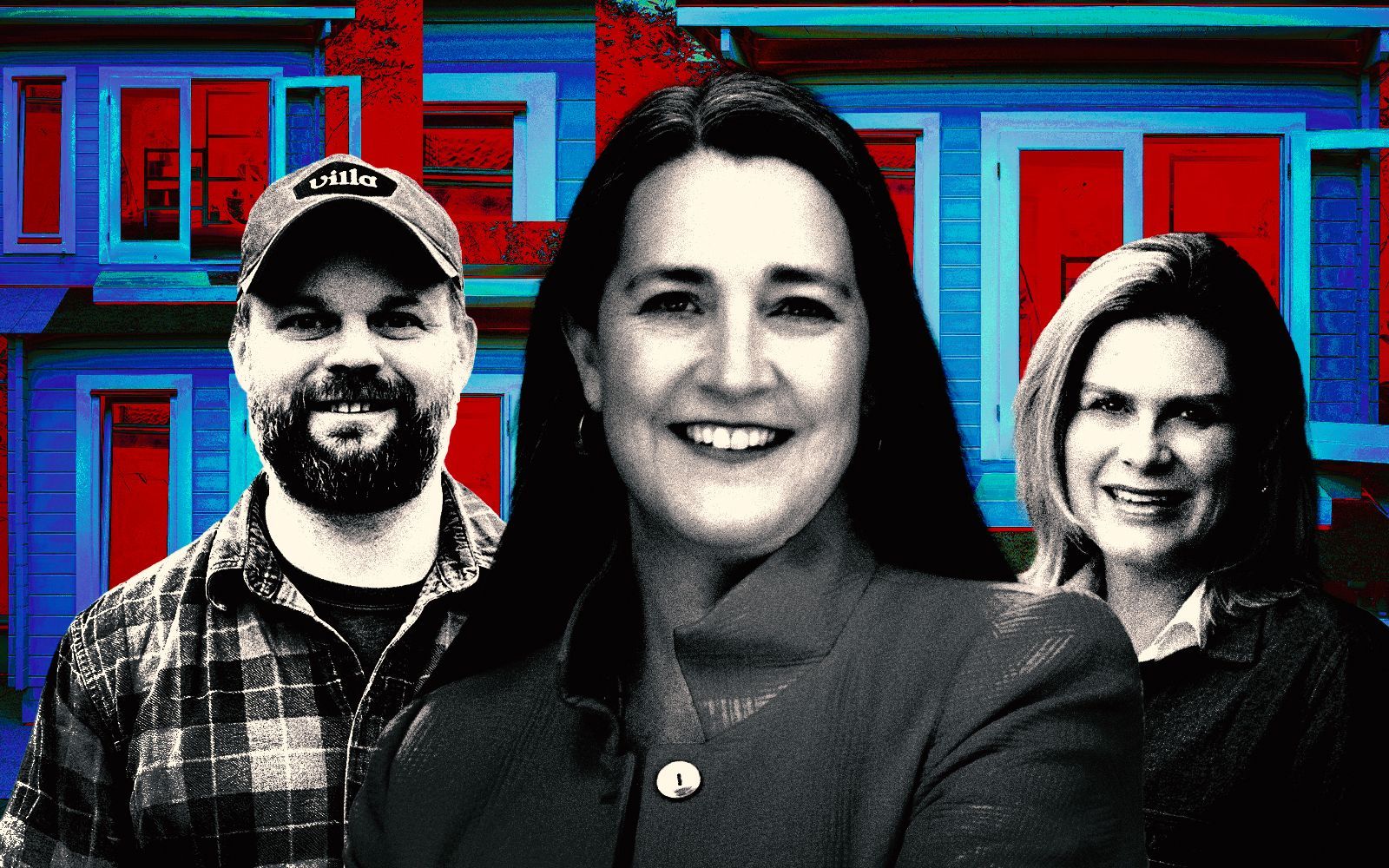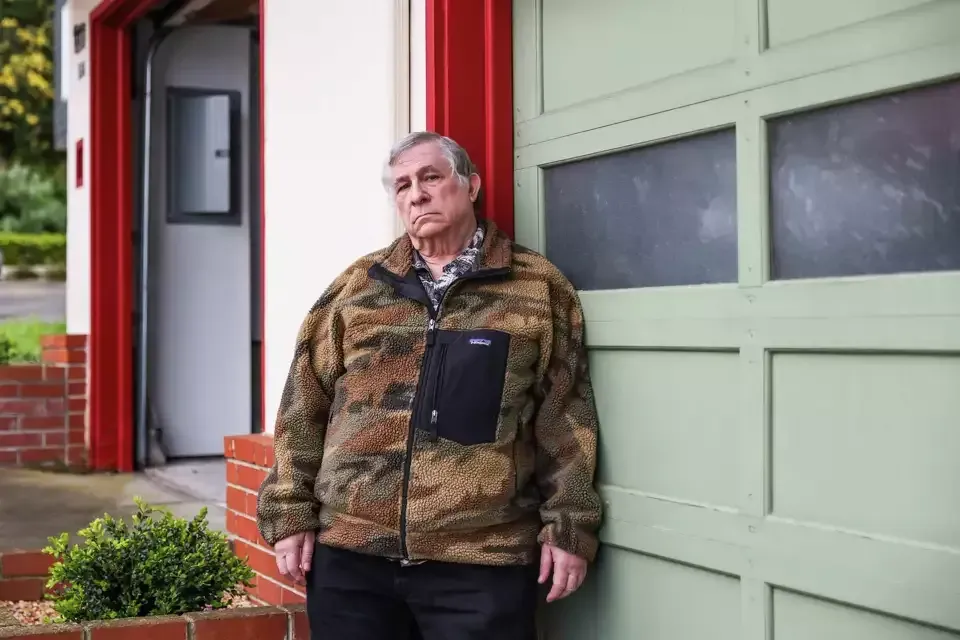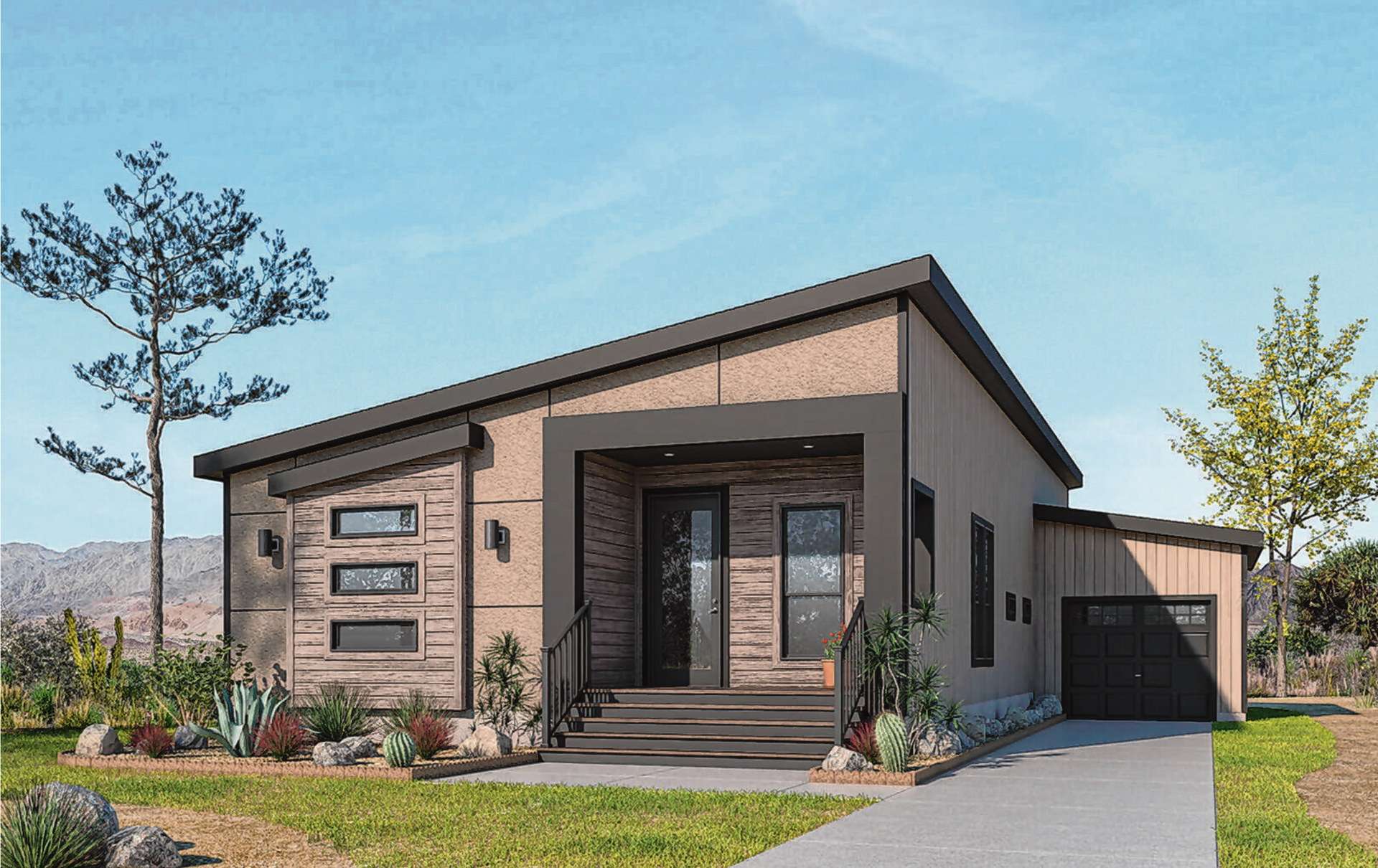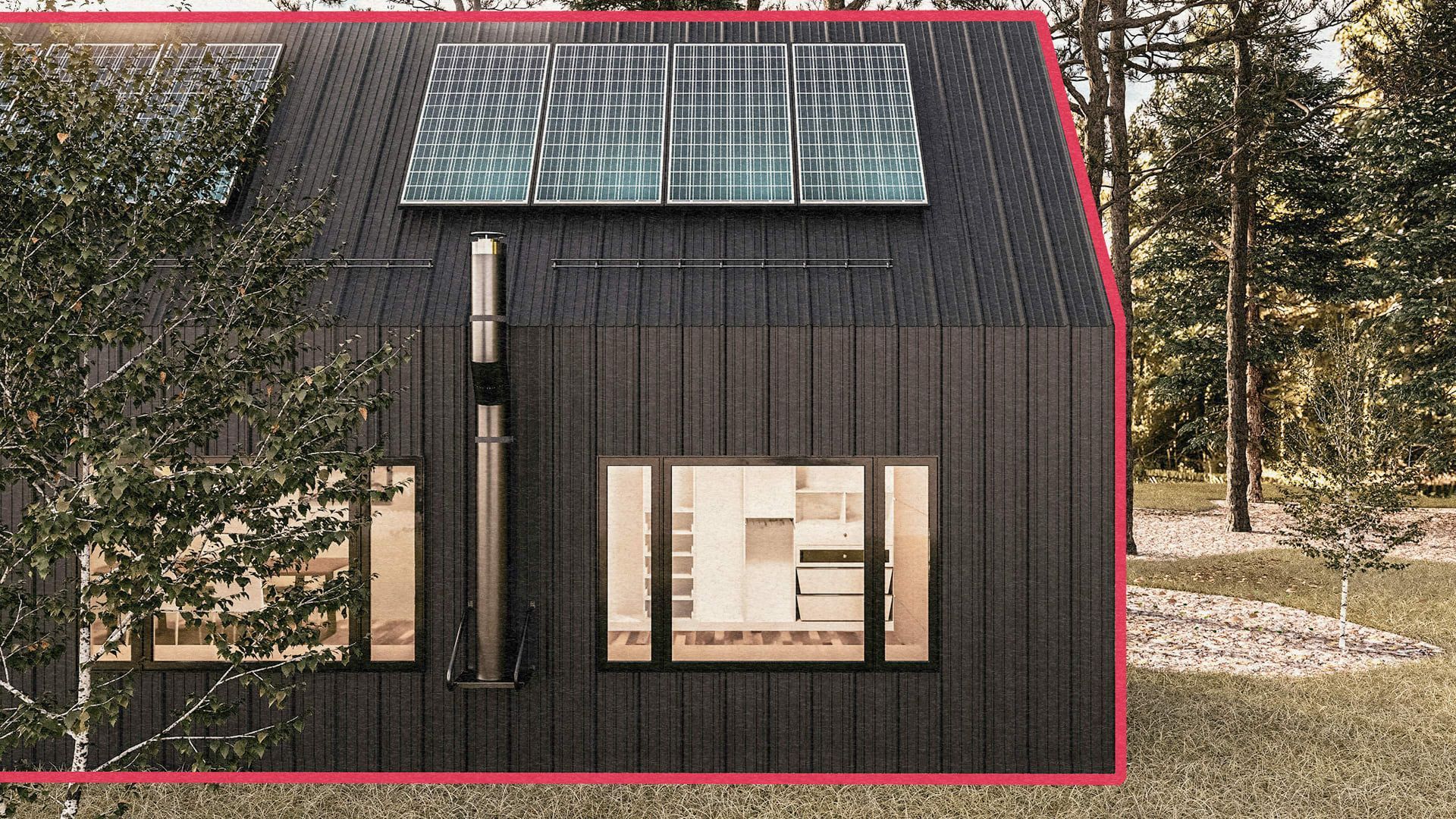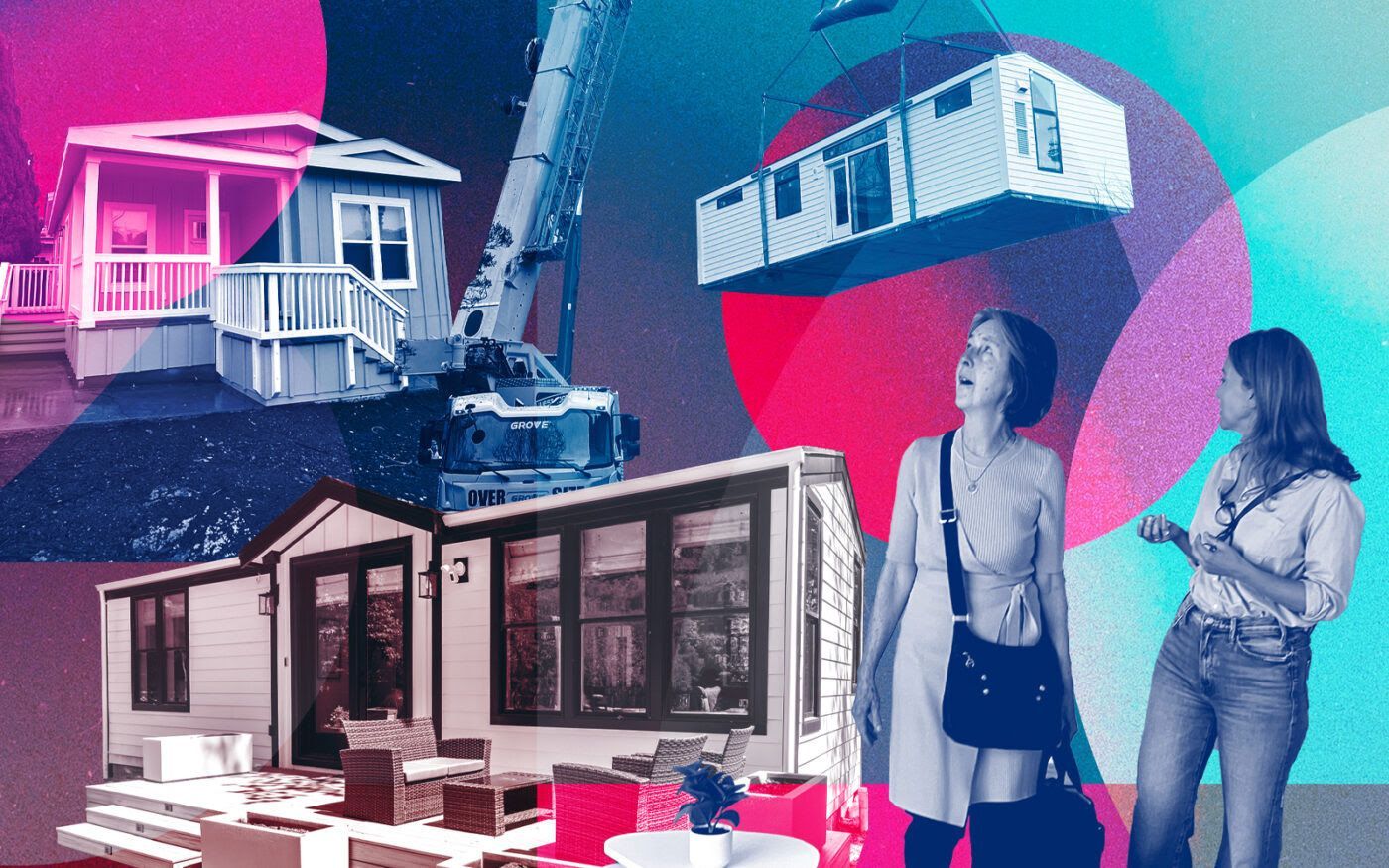California's New Accessory Dwelling Units Laws: What You Should Know
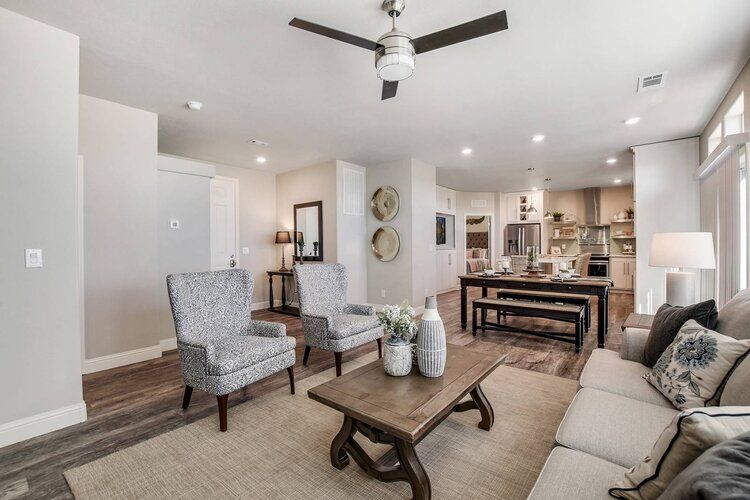
Pictured: Perpetual Homes Interior
Accessory dwelling units, or ADUs for short, are separate dwelling areas that are on the same land as a detached house. Typically, homeowners will construct these homes to provide income opportunities. Other times, people build ADUs for family reasons — often to care for loved ones while still having a sense of independence for both parties.
Regardless of the reason, California regulators see these accessory dwelling units as a possible answer to the housing crisis in the state. They provide a potential income opportunity for current homeowners while providing an affordable place to live for people in the Golden State.
As such, in 2019, Governor Gavin Newsom signed five bills into law regarding ADUs. These bills make ADUs more accessible for renters across the state. Whether you’re looking to build an ADU or you’re looking to rent one, you’re going to want to know about the changes that went into effect Jan. 1.
The Biggest Impact Bills: AB-881 And AB-68
AB-881, “Accessory dwelling units,” and AB-68, “Land use: accessory dwelling units,” will arguably have the most significant impact on the state’s housing market. These two bills will make California ADUs much simpler to build because it makes many of the current restrictions that cities place on ADUs obsolete. It also provides for a streamlined process for approvals.
These bills require permits for ADUs added to single-family and multi-family homes to be approved or denied faster. Current law permits these decisions to take 120 days, but this new law requires decisions within 60 days. These approvals or denials must be issued ministerially, so that way, there are fewer potential issues to encounter. Cities and counties may establish minimum and maximum ADU size requirements, but the maximum size cannot be less than 850 square feet for a one-bedroom ADU or 1,000 square feet for more than one bedroom.
Most importantly, these bills prohibit any lot coverage, minimum lot size, etc. requirements that municipalities have. Cities have enacted these laws to have the effect of making it impossible to build an ADU. Cities cannot require the correction of nonconforming zoning conditions as part of the approval process.
To summarize, municipalities won’t have the ability to block the construction of ADU places like they used to. These bills will make it significantly easier to build an ADU, no matter how your lot and home are situated.
SB-13: Reducing Fees And Removing Even More Restrictions
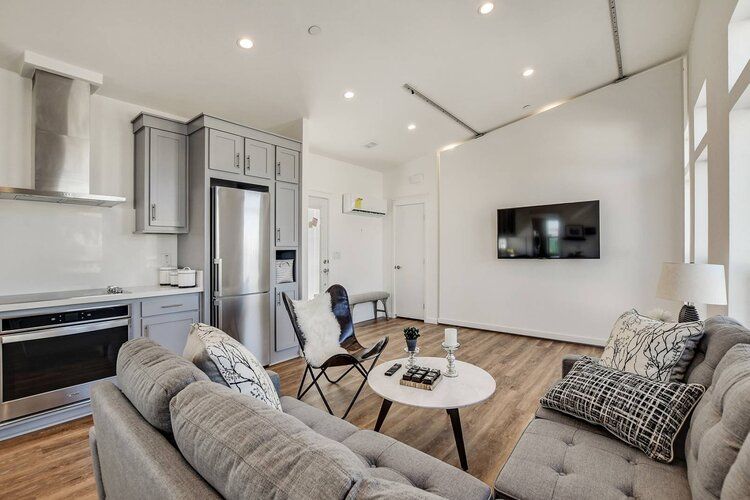
SB-13, “Accessory dwelling units,” is similar to AB-881 and AB-68 with a couple of significant differences. Before this bill, local agencies could require that the person applying for the ADU occupy either the primary residence or the proposed new structure. This bill exempts from these requirements all proposed ADUs until Jan. 1, 2025. Additionally, this bill removes the impact fee for ADUs smaller than 750 square feet. Even for ADUs larger than that, the impact fees assessed must correlate with the square footage of the primary residence.
SB-13 makes building ADUs cheaper and also removes an essential regulation. Now, landlords who rent their properties out can apply for an ADU for their rental properties.
AB-670: Tackling Homeowners Associations, Or HOAs
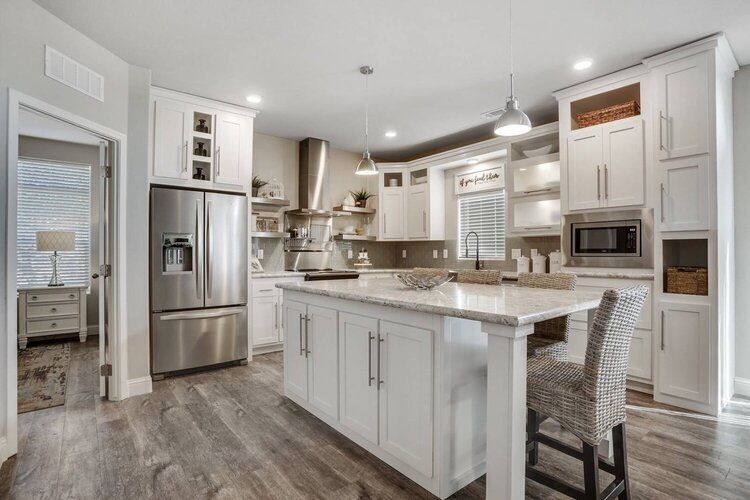
AB-670, “Common interest developments: accessory dwelling units,” makes it easier for people within HOA complexes to construct ADUs. Specifically, it prevents banning or unreasonably restricting on single-family lots on the construction of these units. Presently, many HOAs have CCRs (“conditions, covenants and restrictions”) that prevent people from building ADUs. HOAs may worry about the uniformity of the properties if one has an ADU on it, or they might be concerned that they don’t know who is and who isn’t renting from an ADU. Regardless, HOAs now need to have a way for people to construct ADUs if they so choose.
HOAs will likely challenge this bill, at least to some degree, in court, but for now, if you live in an HOA complex with single-family homes, you can construct an ADU.
AB-671: Making These ADUs Available To Low-Income Households
AB-671, “Accessory dwelling units: incentives,” requires that general plans incentivize homeowners in some way to construct these ADUs and make them available for low-to-moderate-income households to rent. While it doesn’t specify what these incentives will be, it does require local agencies to think about financial incentives and construct a plan.
Accessory Dwelling Units: The Long-Term Plan

With the signing of these five bills, it’s pretty clear what Governor Newsom is trying to do. He’s encouraging homeowners in some of the most problematic areas of the state for housing (i.e., the Bay Area and Southern California) to build ADUs now that so much of the red tape no longer exists. The incentive plans the state will create will generate an interest in ADUs and prompt homeowners to rent them to the people who need them most — those in the lower or moderate-income brackets.
Whether this plan works remains to be seen. However, what is clear is that if you wanted to build one of these ADUs — no matter what the reason is — now is the time to do it!
Written by Benjamin Donel:
The highly regarded ADU builder, Perpetual Homes, specializes in providing affordable, sustainable, turn-key backyard ADU’s in the Bay Area. Perpetual Home ADU’s are placed on a permanent foundation so they are earthquake resistant. Assembled off-site to ensure the highest standards of quality, with minimal disruption to the homeowner, Perpetual Homes offers a huge array of floor plans/exterior design options, and dwelling sizes (that can range in size from the 160 sq ft office shack all the way up to two bedroom / 2 bath 700 square ft dwelling). To find out more about adding an ADU, visit www.perpetualhomesadu.com, email perpetualhomesadu@gmail.com, or call 925-980-2351.
adu | perpetual | perpetual homes | perpetual adu | perpetual homes adu | perpetualhomes | perpetualhomesadu | prefab | palo alto | accessory dwelling unit | accessory dwelling units | backyard home | backyard homes | bay area | california | granny flats | modular | granny flat | san jose | construction | tiny homes | homes
